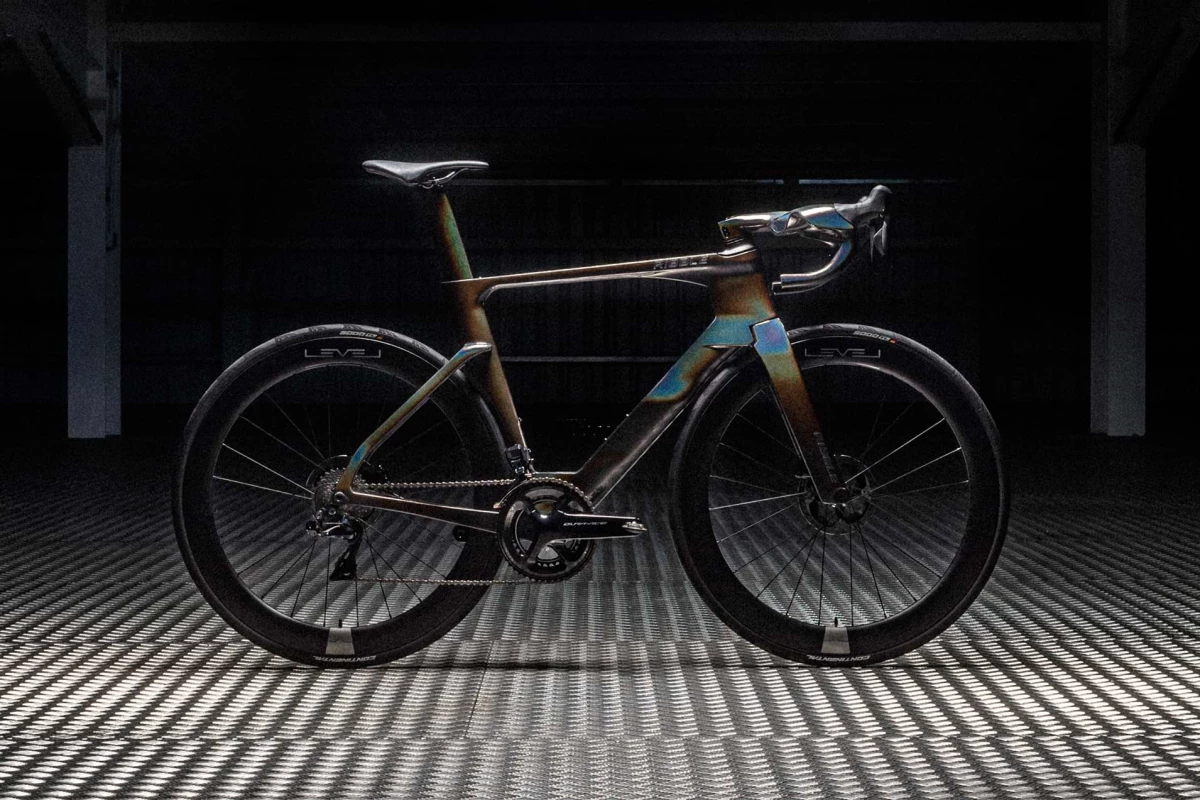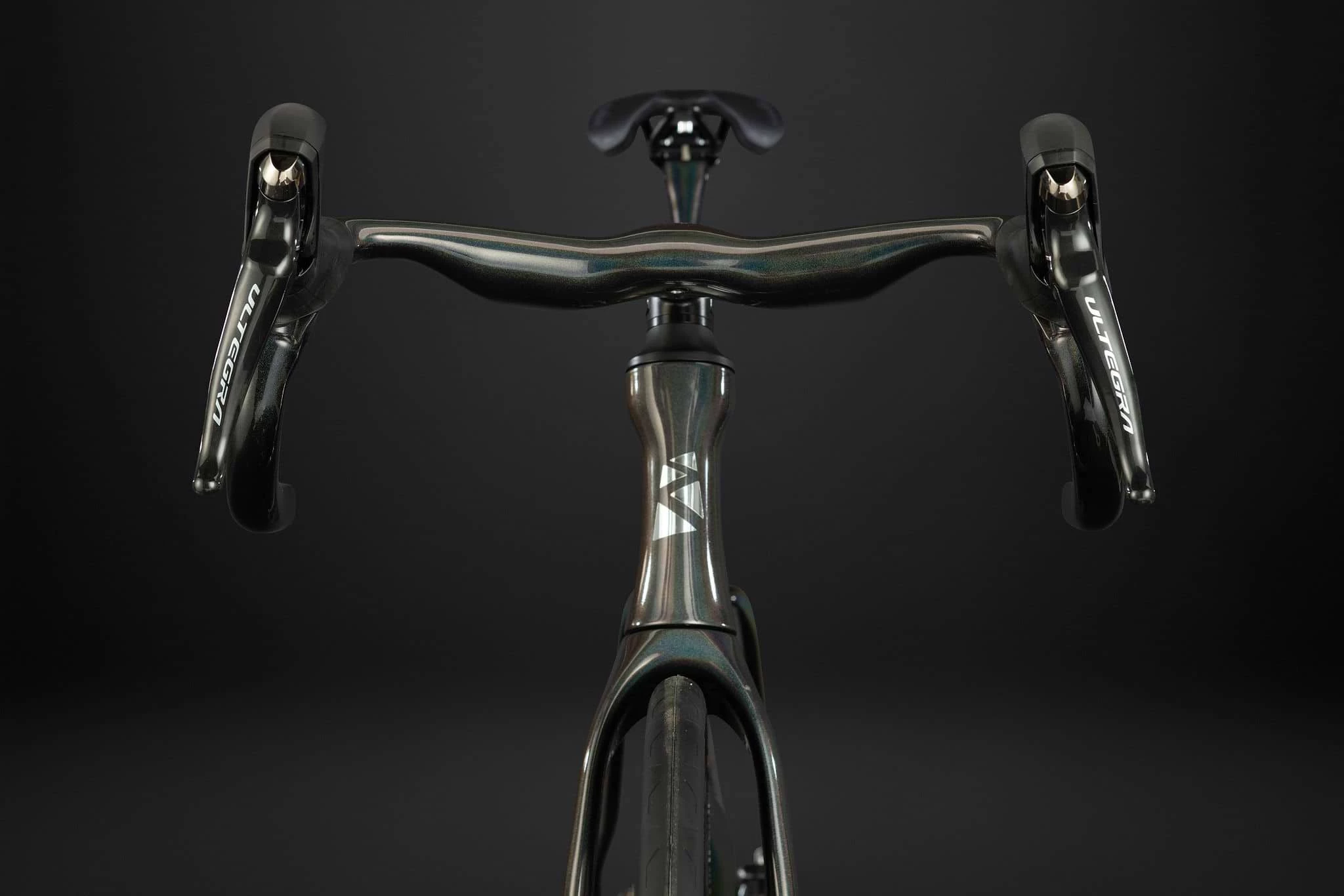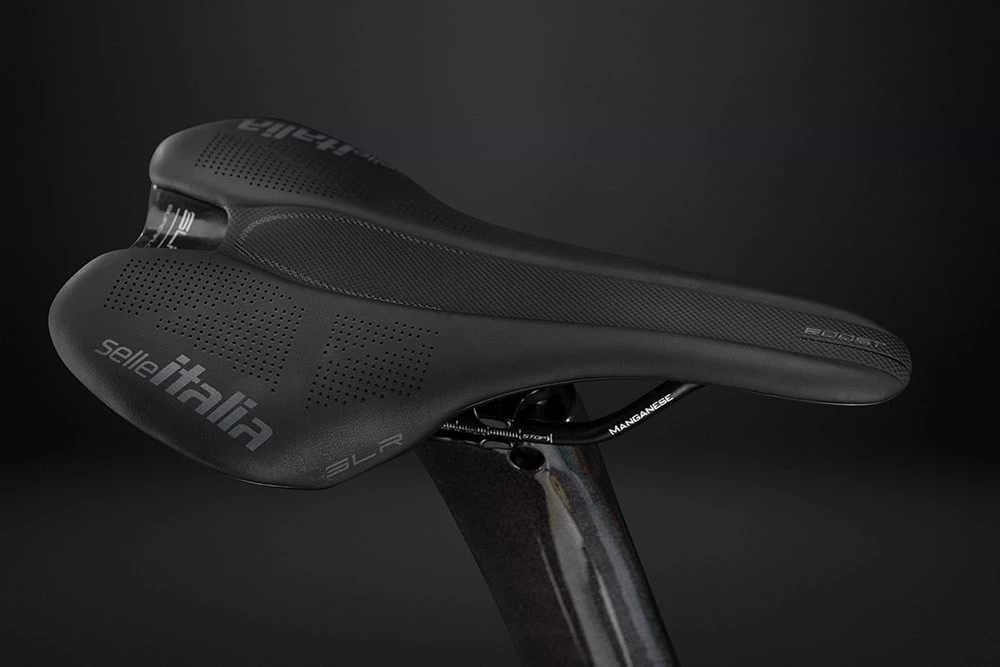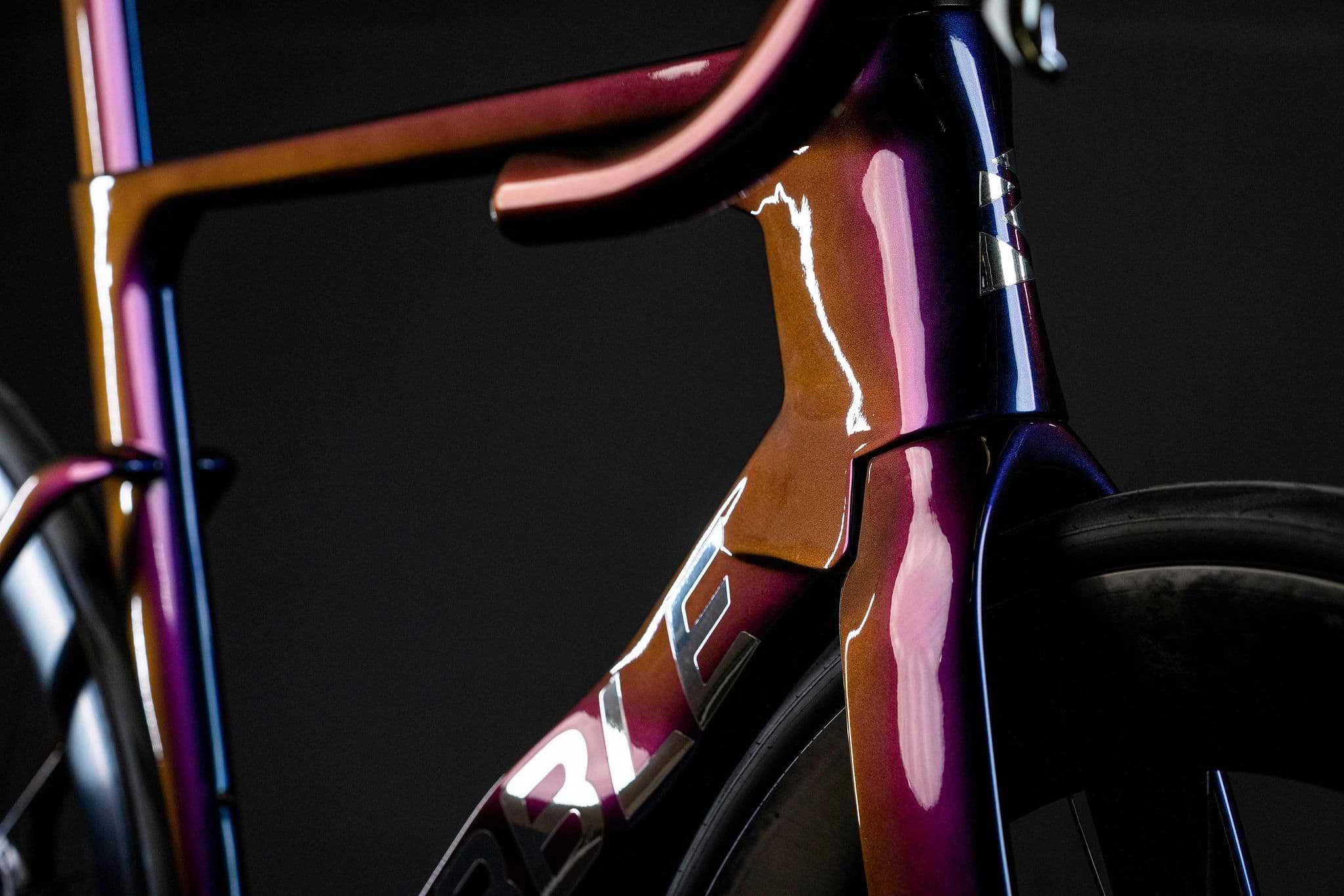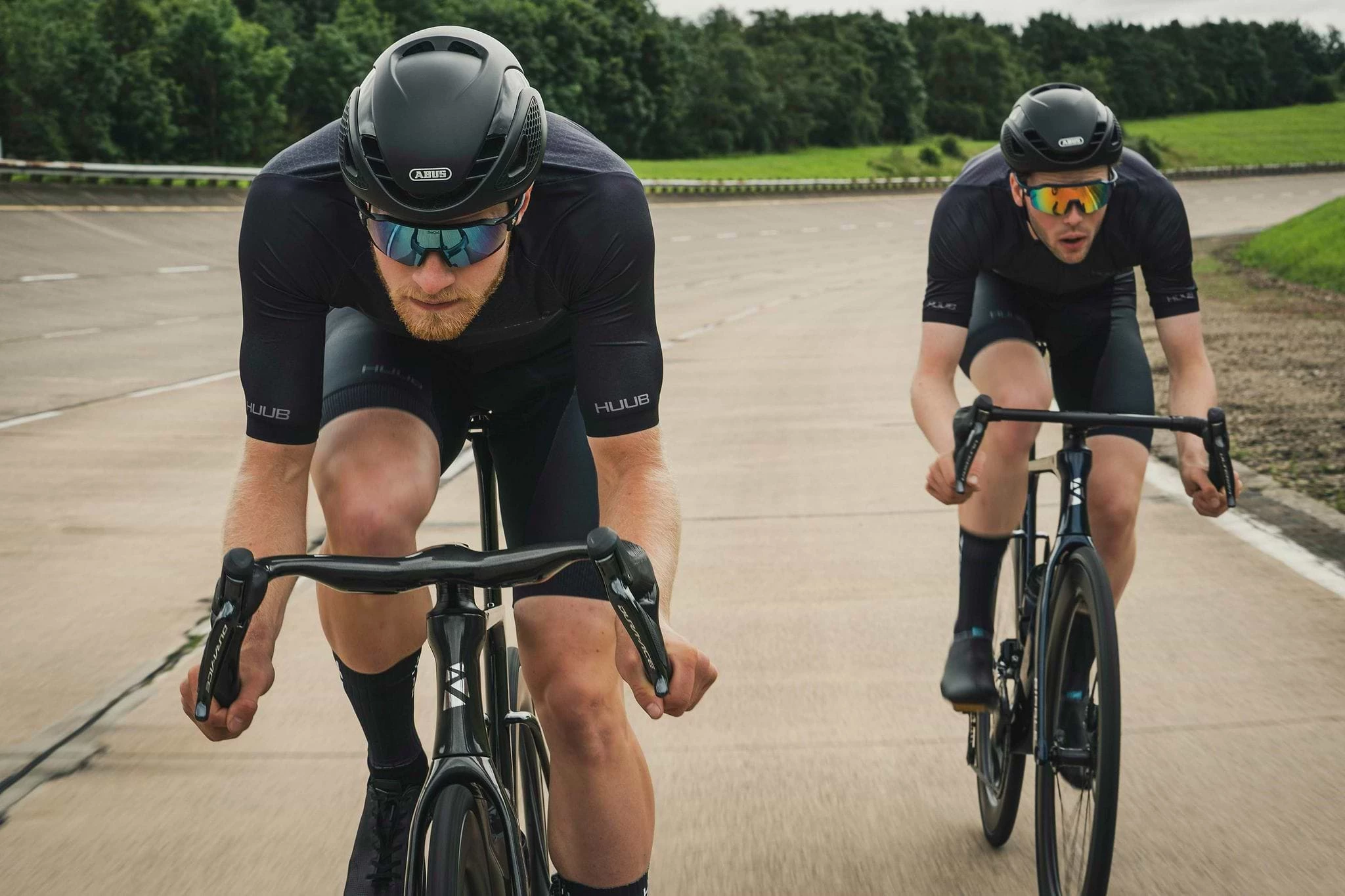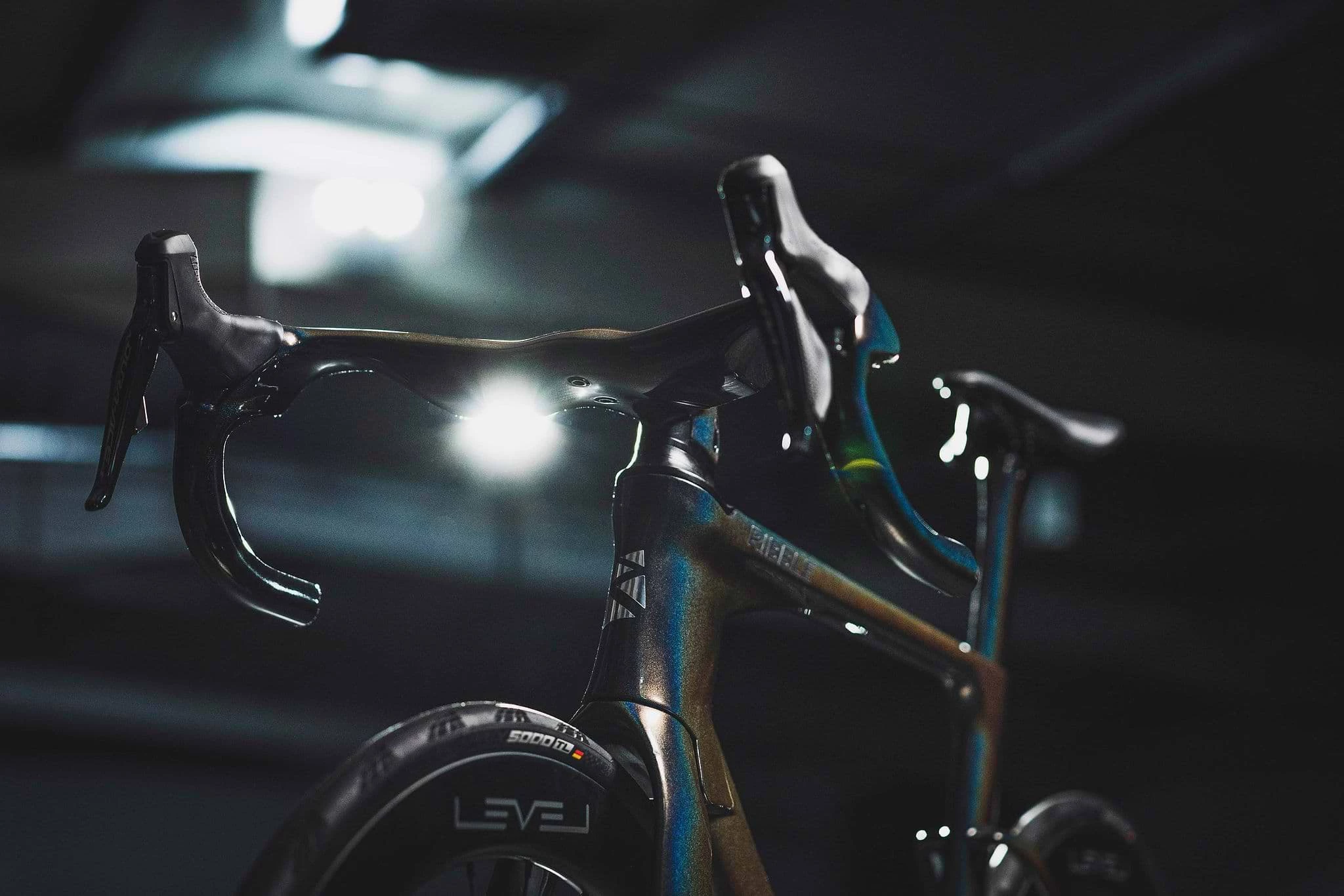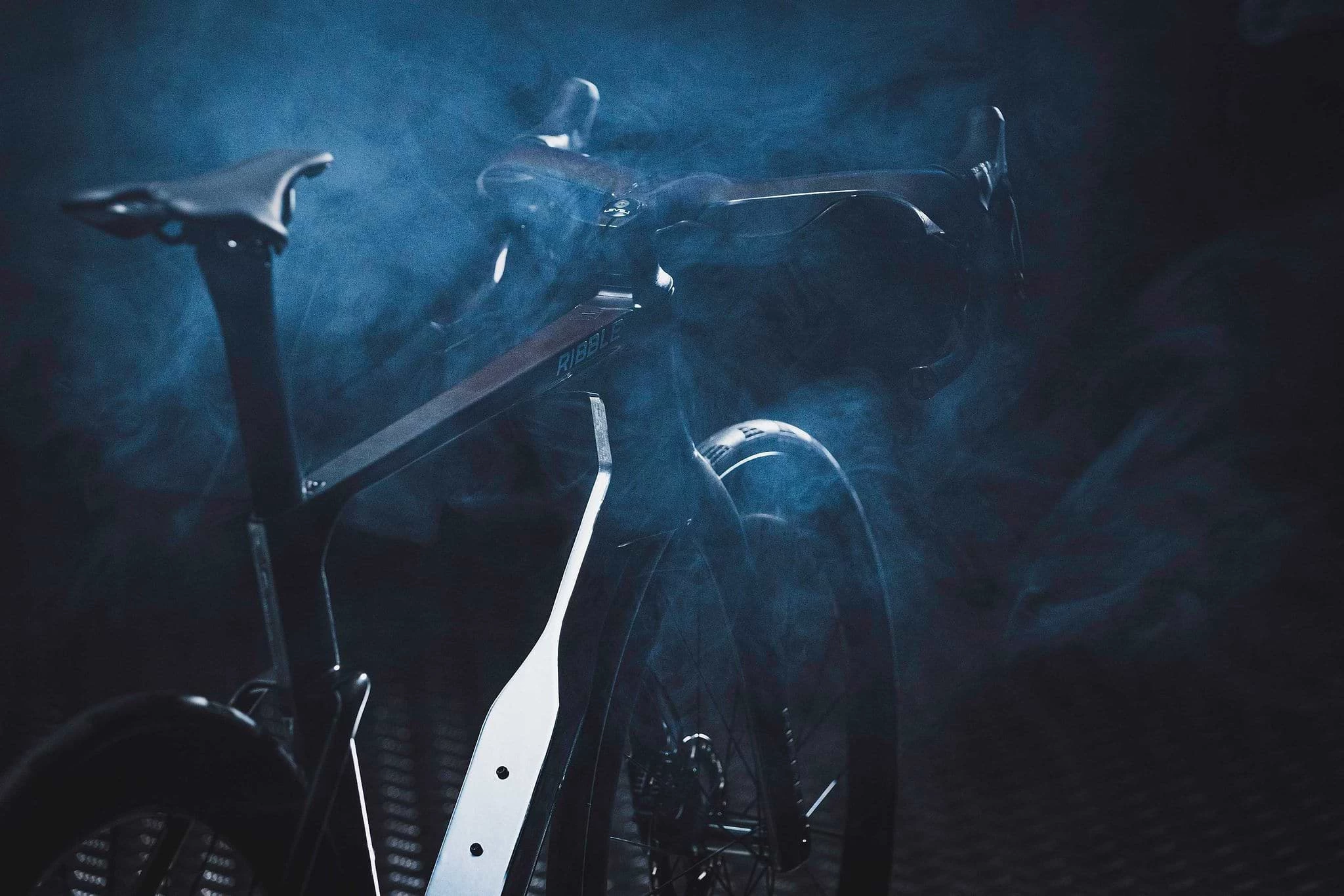With a goal of creating the fastest aero road bike in the world, British manufacturer Ribble spent three years in the wind tunnel and on the track optimizing, tweaking and micro-adjusting the aerodynamics of its all-new Ultra SL R. The race-ready road bike slithers its way through oncoming air with blade-like tubes and an air-disrupting cockpit that pops a drag-reduction pocket around the rider. Besides air, it promises to leave chunks of race time in its wake.
The Endurance SL R, Ribble's previous flagship, shares some aerodynamic strategies with the Ultra, but it looks the part of a classic road bike, its frame fairly traditional with rounded tubes and drop handlebars. Look over at the Ultra SL R, and you can tell that while the Endurance served as a benchmark bike, it definitely didn't serve as a mold or model for Ultra development. Instead, Ribble shattered the mold, optimizing aero from hub to hub to create an all-new animal.
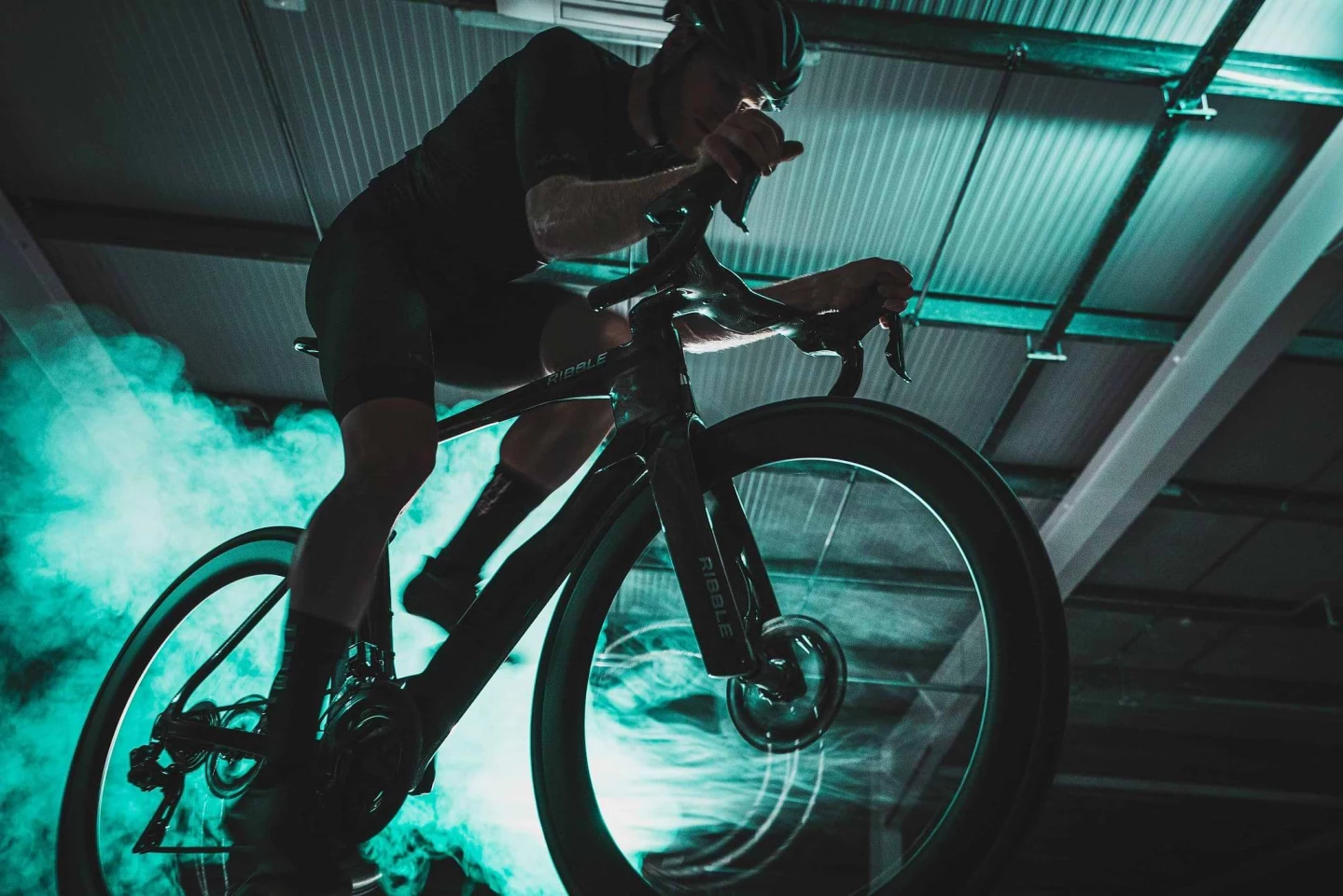
In developing the Ultra SL R, Ribble let CFD performance, wind tunnel testing and real-world analysis guide its tireless tinkering. And it didn't merely stand the bike up against the oncoming gusts but made sure a rider was on top to account for both.
Since the handlebars are the first part of the bike frame assembly to hit the oncoming air, Ribble started work up around the hands. It first removed the standard brake lever clamp that gets placed over the drop ends and moved into place during brake installation. It then devised a patent-pending direct-bolt mount, eliminating the need to size the drops around the standard 23.5-mm clamp so it could reshape the bars entirely based on improved aerodynamics and ergonomics. It carves out improved grips on the drops and flattens out the drop-to-top transitions for slipperier aero.
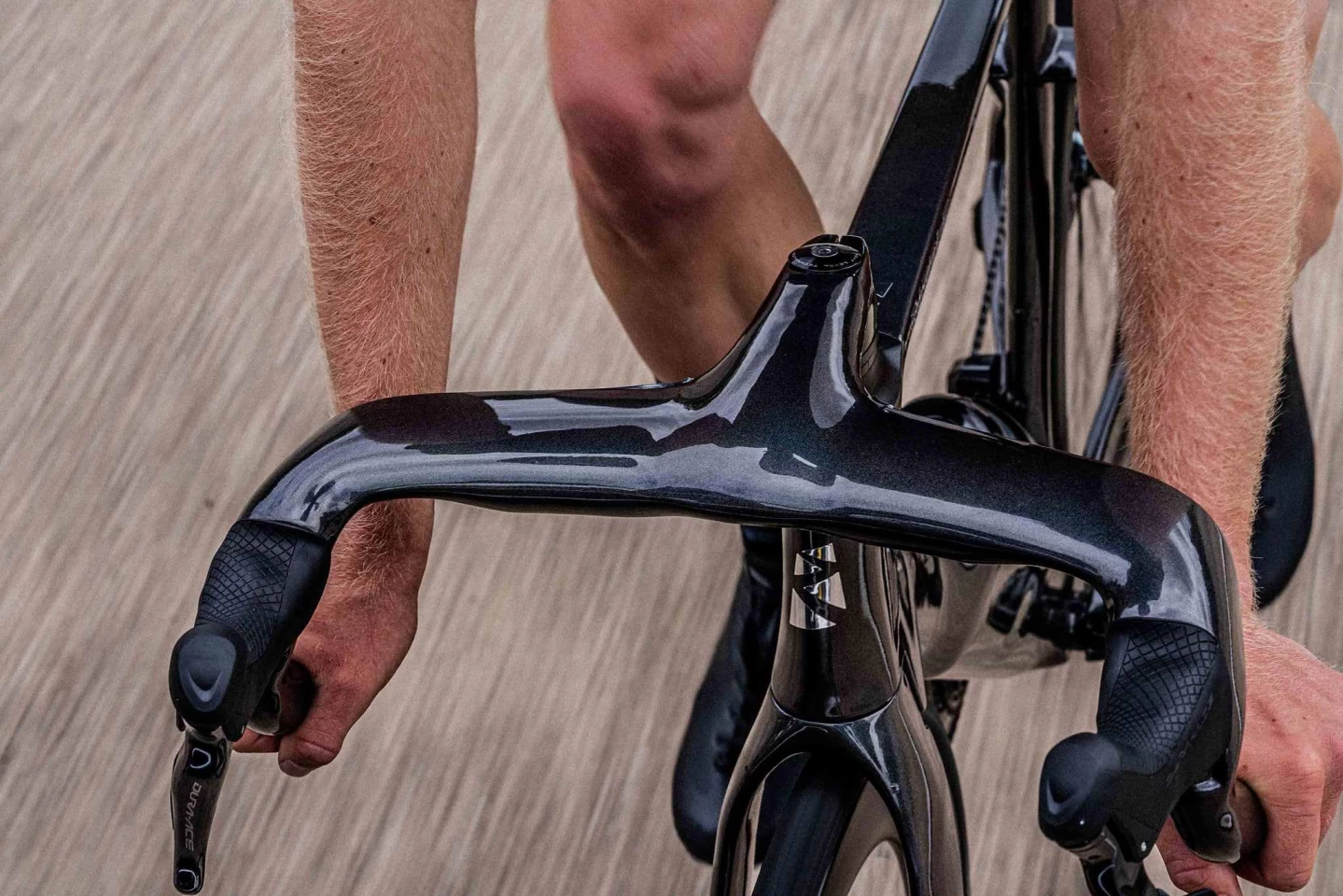
After learning those handlebar aero gains were negated once the airflow hit the rider's legs, Ribble reworked the carbon-monocoque handlebar design a step further by sculpting "wake generators" into the tops. These air disruptors are positioned to push airflow out around the rider to create a "drag reduction zone" and cut overall air resistance as compared to the same handlebars without wake generators. Ribble says that the effect works throughout the head-on to 20-degree wind range it tested through and with multiple hand positions, estimating a net drag reduction of 2.1 percent for bike and rider.
Moving back to the main frame, Ribble used a revised iteration of the truncated-aerofoil tube shaping that also features on the Endurance SL R. Truncated aerofoils are also called Kamm back/tail foils, a name plenty familiar from the automotive world. Ribble explains that while a conventional aerofoil is more optimal for low-angle, more head-on wind conditions, the truncated design works better across the full range of wind conditions tested.
The Ultra's truncated foils are more extreme and numerous than the Endurance's. Ribble thinned and flattened the seat tube, upper down tube and fork legs into an almost blade-like shape, the trailing edge of each tube sliced off in Kamm style.
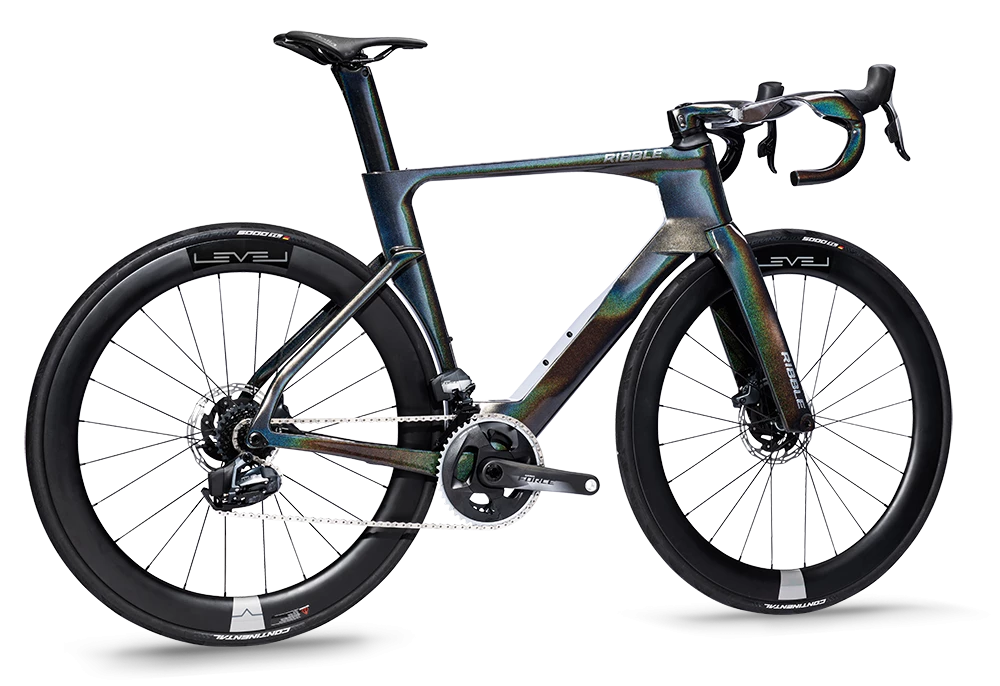
Between the truncated-aerofoil fork and the wake-generating handlebars, Ribble spent time restructuring the head tube, work that's immediately apparent in the thick construction. The new design more neatly integrates with the top tube, down tube and fork, keeping oncoming air flowing back.
So what's the bottom line of all that aero work? We always sprinkle a few grains of salt atop claims a manufacturer makes about its latest, greatest product, but the fact that Ribble tested the Ultra SL R against its previous flagship allows for a little more trust than if it went after a competitor. The company says wind tunnel testing showed a 75-second savings across 25 miles (40 km) at an average of 22 mph (35-km/h) and five- to 10-degree cross wind. That's three seconds per mile, which Ribble says it further verified through a real-world test program that included varied topography, weather conditions and cornering profiles.

Ribble lets riders build up their own SL R bikes and also offers stock builds that start with a base US$4,892 Shimano Integra model and rise up to an $8,305 Shimano Dura Ace Di2 "Hero" version. Frames start around $4,436.
Those interested in more details on the ins and outs of the Ultra aerodynamics program, complete with numerous illustrations and benchmark graphs, should take a look at Ribble's more detailed Ultra Development PDF.
Source: Ribble
